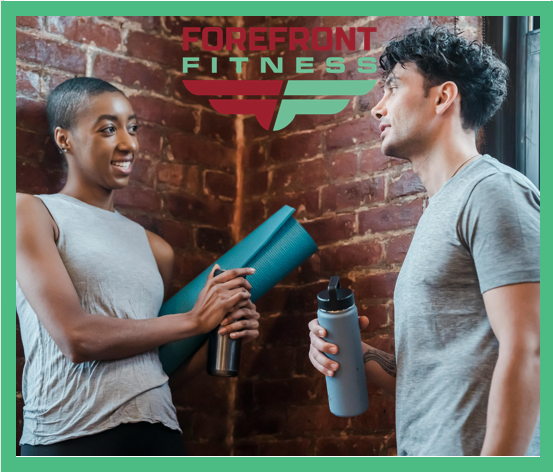Why Dumbbells Belong in Your Training Plan (Even if You're Just Getting Into Running)
- steve8794
- May 28
- 2 min read

It’s that time of year when people find their running shoes again and hit the pavements (or treadmill). If you’ve recently taken up running and have your sights set on a 10K or even a half marathon, you're probably focusing on building up your mileage — and that’s a great start. But there’s one key element that many beginner runners overlook: strength training. Just a couple of short sessions each week using dumbbells can help you run stronger, feel better, and reduce your risk of injury. Here’s how:
1. Build a Stronger, More Resilient Body
When you run, you're using a lot more than just your legs. Your glutes, core, arms, and even your back all help support each stride. Dumbbell exercises like squats, lunges, and step-ups build strength in these key areas, giving your body the support it needs to handle longer distances. Stronger muscles help absorb the impact of each step, making running feel easier and helping you go the distance — whether that’s 5k, a marathon or everything in between.
2. Prevent Injuries Before They Happen
Running is a repetitive movement, and beginners are especially prone to overuse injuries like shin splints, knee pain, and tight hips. Dumbbell exercises can strengthen the smaller stabilizing muscles around your joints, helping your body move more efficiently and safely. Single-leg dumbbell movements like split squats or single-leg deadlifts can also help balance out any left-right muscle imbalances, which are common in newer runners.
3. Improve Your Running Form and Endurance
As you start to run longer, fatigue can cause your posture to collapse, shoulders slouching, arms swinging wildly, or your core giving out. This not only makes running harder but also increases your risk of injury. Dumbbell exercises that engage your core, shoulders, and back, such as farmer’s carries, rows, and shoulder presses can improve your posture. It's not just dumbbell exercises, bodyweight exercises can help too, just look at our exercise of the month. Strength work will help you hold good form all the way to the finish line.
4. It Doesn’t Take Much Time (or Weight)
You don’t need to lift heavy weights or do complicated routines. Just 20–30 minutes, 2 times a week, using light to moderate dumbbells is enough to see benefits. Focus on simple, functional movements, for example goblet squats, dumbbell lunges, step-ups, overhead presses, bent-over rows and core exercises like Russian twists.
5. Better Strength = More Confident Running
When your body feels stronger and more capable, you’ll approach your training with more confidence — especially as your runs get longer. Strength training with dumbbells builds the foundation that will help you finish your 10K or half marathon feeling strong, not exhausted.
Ready to Get Started?
Ask one of us about a beginner-friendly dumbbell routine you can add to your week. It’s a simple step that can make a big difference in your running journey — helping you stay consistent, injury-free, and excited to keep moving forward.




Comments